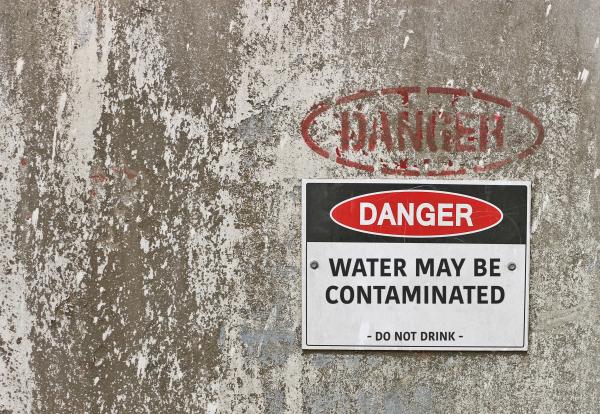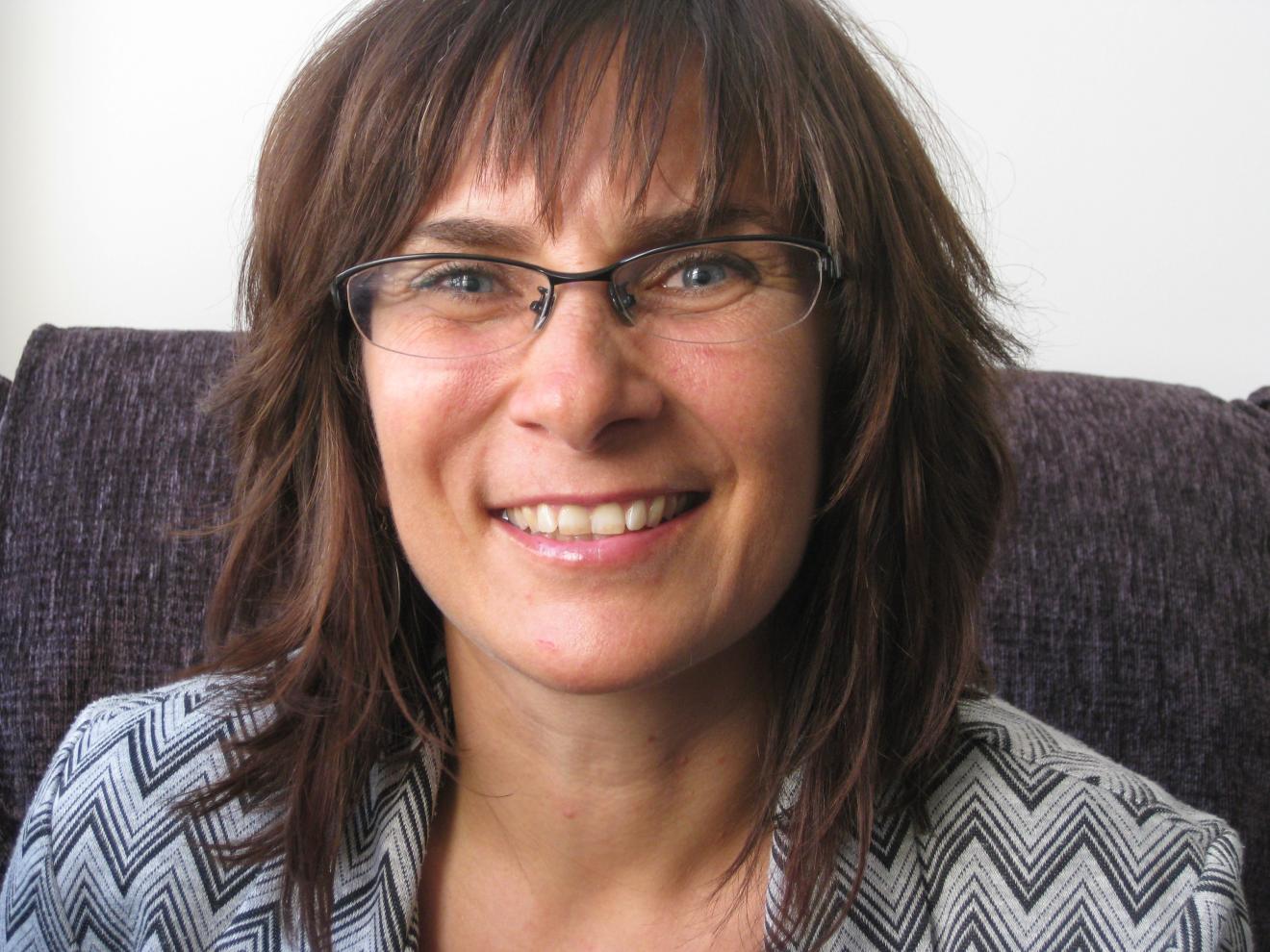Dealing with contaminated land and water isn’t just a problem of engineering, economics and professional expertise, says a group of researchers who are helping to transform the way government, regulators and business engage with affected communities. It’s also about people.
Over seven years, the researchers engaged with more than 4,500 residents living near 15 contaminated sites across Australia to gain an in-depth understanding of the diverse factors that affect the way communities react when they learn their environment is contaminated, and how they respond to different approaches to remediation.
The outcome of the study is Australia’s first evidence-based guidance to help industry, consultants and the public sector better engage with the communities they serve, in turn building community confidence and trust in the decision-making processes associated with contaminated land and groundwater, with benefits all round.
It has been estimated that more than 160,000 sites across Australia are polluted with as many as 75,000 different contaminants, says Professor Jason Prior of the Institute for Sustainable Futures, who led the research project. These contaminants can include asbestos, solvents, heavy metals and various waste materials, among other things.
In the past when assessments were made of such sites the underlying assumption was that the professionals had the answers, he says. The focus was on technical elements like risk probability and remediation technologies. Meanwhile communities were often in stress – a state that could become amplified when not addressed.
“Their whole notion of ‘home’ as a place of safety is inverted, turning it into a place of risk,” Prof Prior says of the impact on residents of news that land or water is contaminated. “How they trust or do not trust their environment can change a person’s entire life.”
So, as well as objective scientific facts, we need to understand community perceptions of risk, he says. “The tools we’ve developed try to bring the community and industry closer together so they listen to each other and engage with each other.”
Barbara Campany has led risk communications and community engagement for major companies and welcomes the guidance, which has informed the National Remediation Framework and been endorsed by the NSW Environmental Protection Authority.
She says that, today, “engaging with stakeholders is probably the single-most important part of any remediation project”.
A disconnect
Government and industry started to come to the realisation that they needed to fix the disconnect with community in the late 1990s and into the 2000s, and the need for effective tools to do this became clear. That prompted research that has spanned more than 12 years now, including this study, and which has drawn in expertise from multiple disciplines and from around the world.
Meanwhile, the remediation industry in Australia has grown – increasing tenfold in the past two decades to be worth more than $3 billion annually.
The UTS-led research highlights the need to distinguish between how people perceive the risk of contaminants themselves and how they perceive the risks of the technologies that are used to remediate these sites.
“Communities are often suspicious of the application of technologies to fix contamination problems, when these problems may themselves have been created through the use of technologies,” Prof Prior explains.
The research also found that if communities are simply ‘told’ what’s wrong or what’s happening they tend to distrust the people bringing this news, including independent experts those companies employ. Two-way conversation is needed.
Their whole notion of ‘home’ as a place of safety is inverted, turning it into a place of risk… How they trust or do not trust their environment can change a person’s entire life.
– Jason Prior, Institute for Sustainable Futures
Identifying the existence of ‘worry’ is important, the researchers concluded. It’s at this point that there’s a chance to intervene and genuinely address concerns, rather than letting worry build into anger – and into impacts on health and wellbeing for communities.
“As well as direct impacts from contamination, there can be indirect impacts from the experience of living in an environment that’s contaminated,” says Dr Erica McIntyre, who worked on the study as a Postdoctoral Research Fellow with the UTS Faculty of Health.
“Contamination and remediation processes can continue for a long time, and ongoing uncertainty is a risk factor for poor mental health outcomes,” she says. “Long-term chronic stress can also increase the risk of heart problems and other conditions.”
The research also points to the need to differentiate communities, understanding there will be a variety of perspectives – not just one. It also suggests acknowledging the benefits associated with the remediation of environments as well as being transparent about the issues.
The social dimension
By adding the social dimension to undoubtedly valuable professional and technical expertise, government and industry can build trust, help support community wellbeing and draw on the knowledge and experience of diverse stakeholders. In one example of the value of local knowledge, fishermen who frequented a local stream helped solve the source of a mysterious water contamination because of their personal observations over a long period.
“Community knowledge sits beside – not below – industry knowledge,” Prof Prior says. “Communities have a lot of knowledge and industry misses out by not engaging with that knowledge.”
There are also large economic benefits for companies themselves if they manage community engagement well from the start, thus avoiding the need for expensive escalation of public communications when trust goes missing.
“So many benefits can come from engagement between industry and the community, from respecting each other and trusting each other,” Prof Prior says. “If industry doesn’t have the guidance or instruments to help it do that then it’s going to flounder, when industry and community can actually work together to enhance the process.”
RESEARCH OUTPUTS
Guide for Creating Stakeholder Engagement Plans for Contaminated Sites in NSW (2020) (Report)
Societal perceptions on remediation technologies: guidance for engagement with residents (2019) (Report)
Cooperative Research Centre for Contamination Assessment and Remediation of the Environment, Technical Report Series No.45
A geography of residents’ worry about the disruptive effects of contaminated sites (2019) (Journal Paper)
Geographical Research, 57(1) 52–66
Sociodemographic predictors of residents worry about contaminated sites (2018) (Journal Paper)
Science of the Total Environment, 643, 1623-1630
Researchers
-
Professor and Research Director
-
Adjunct Associate Professor
-
Research Consultant
Years
- 2017-2020
Clients
- CRC CARE
- NSW Environmental Trust




